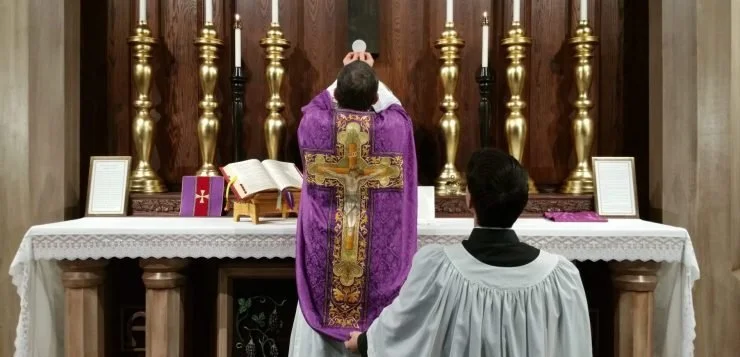What do you call a Roman Catholic who believes the church’s teachings on centuries of moral theology, as in doctrines stated in great detail in the church’s official, and easily available, Catechism?
For journalists who do not trust the U.S. Conference of Catholic Bishops at this moment in time, here is the Vatican website copy of the Catechism.
According to the New York Times these pro-Catechism Catholics are part of a “rising right-wing strain within American Christianity as a whole” (I added bold text).
Then again, they might simply be “socially conservative and tradition-minded” folks. Or they may be people who support a “brand of new hard-right rhetoric and community” found in nasty corners of the Internet.
Then (yet) again, they may — this is the important part — be Donald Trump supporters.
But one thing they are not is normal Catholics. People who defend the stated teachings of the church are strange Catholics.
I raise this question because of a fascinating recent Times report that gained traction online for some obvious reasons. This feature was the hook for this week’s “Crossroads” podcast (CLICK HERE to tune that in). Here is the double-decker headline on what was, for me, a interesting but at times bipolar story:
Old Latin Mass Finds New American Audience, Despite Pope’s Disapproval
An ancient form of Catholic worship is drawing in young traditionalists and conservatives. But it signals a divide within the church.
What makes this story so strange?
First of all, it offers some interesting information and images about the waves of people — including many, many large young families — who are embracing the ancient Latin Mass. I would, however, note that just as many or more of these believers are choosing Catholic churches that use the modern Novus Ordo rite, but offer services packed with chants, incense, processions, traditional prayers and, yes, even the Latin form of the Vatican II text. Someone should check and see how many people are requesting Eastern Rite Catholic parishes, as well.
In other words, the current campaign by the Vatican and strategic cardinals (in some blue American zip codes, for example) against the Tridentine Mass and, in some cases, other traditional forms of worship, may be part of a broader story.








